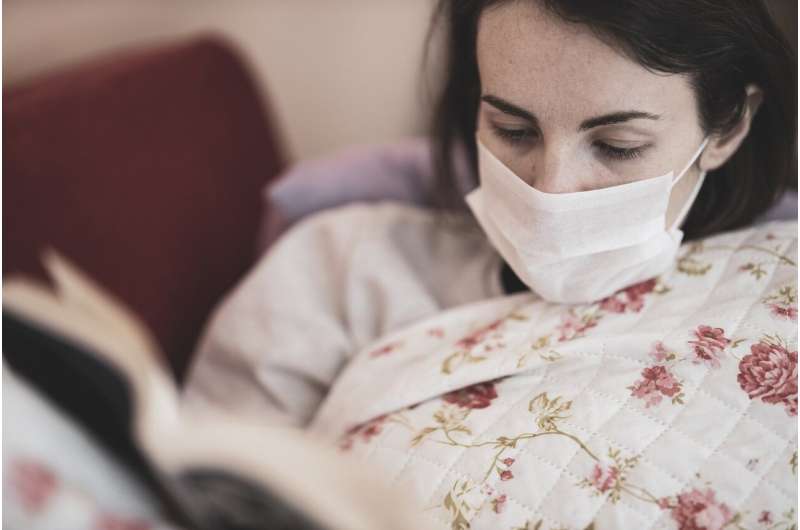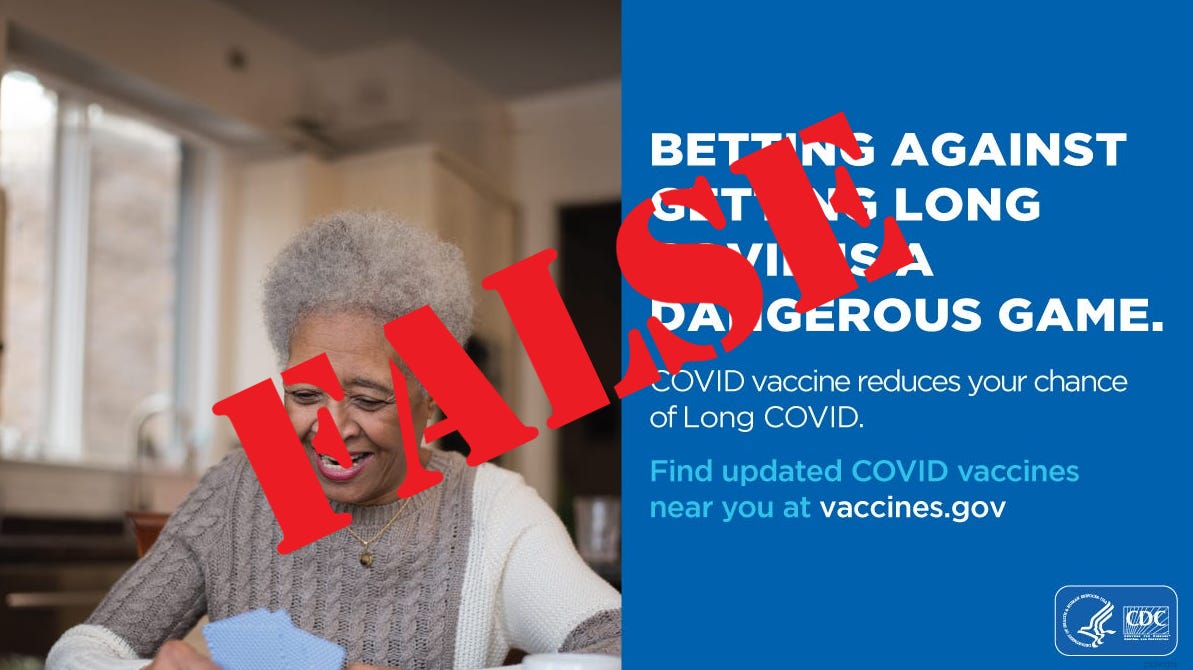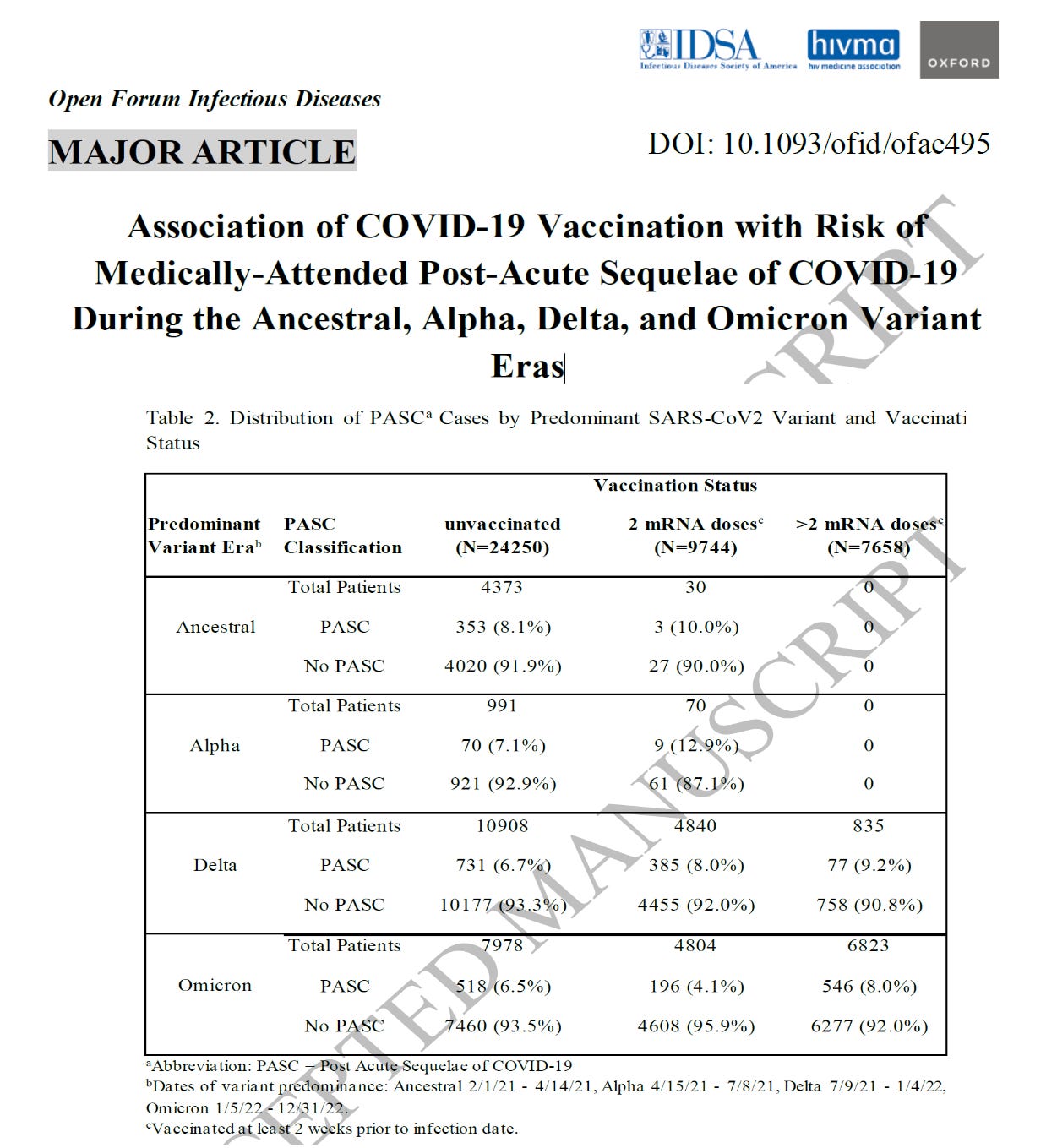Yommie
Elite Member
- Oct 2, 2013
- 64,166
- 37,187
- Country of Origin

- Country of Residence

- Thread starter
- #2,116

Here’s what you need to know about the state of COVID-19 as kids go back to school
New backpacks, new pencils, new clothes — and new cases of COVID-19. Here’s how to keep your kid healthy as they go back to school.
Here’s what you need to know about the state of COVID-19 as kids go back to school
We look at the state of COVID today, the latest vaccine advice and what to do if your child gets sickUpdated 2 hrs ago
Sept. 3, 2024
4 min read
Save

As hundreds of thousands of Toronto students go back to school, COVID-19 is still a concern.
Elias Valverde II/The Dallas Morning News/TNS
By Mark ColleyStaff Reporter, and Kevin JiangStaff Reporter
Back to school means new backpacks, new pencils, new clothes — and new cases of COVID.
Contributors
Opinion
Ontario can’t make COVID-19 disappear by pretending it doesn’t exist
Being in the midst of a pandemic isn’t when governments should be cutting funding to trackers, advisory boards and surveillance systems. Fatigue,Experts are urging parents to keep kids up to date on their vaccinations, COVID or otherwise, ahead of another expected spike in infections with the start of the school year.
“I’m sure there is going to be a lot of COVID circulating in school once the kids go back,” Dr. Anna Banerji, a pediatric infectious disease specialist at the University of Toronto, told the Star. “But most people have some degree of immunity, whether it’s through vaccine or natural immunity — so we don’t see the catastrophic rates that we used to see.”
ARTICLE CONTINUES BELOW
The back-to-school COVID surge
There’s a reason why respiratory viruses tend to surge with the start of school, Banerji said.“In the summertime, (kids) don’t have as much exposure and they’re outdoors. But when they go back to school, you’re going to have a lot of people who have travelled to many different places coming together in a closed space — and that allows the viruses to circulate more.”
That goes for other illnesses, such as the flu and common cold, as well — a reason why Banerji urges kids keep up with seasonal flu shots, too.
“There’s so much COVID out there, a lot of times we won’t know it’s COVID or people may not be testing for COVID,” she said.
If your kid has “any kind of respiratory illness, especially with a fever, they should be home.”
ARTICLE CONTINUES BELOW
Does my kid need another COVID shot?
Canada
Here’s what you need to know about getting this fall’s COVID-19 jab
The National Advisory Committee on Immunization has released its recommendations for this fall, well ahead of a surge in infections predicted forBanerji recommends getting your kids vaccinated with the updated COVID shots as soon as they are available — but not before.
Health Canada hasn’t yet revealed when the updated shots will be available. Historically, new shots are approved in mid-fall, said Dr. Fahad Razak, Canada Research Chair in Healthcare Data and Analytics at the University of Toronto.
“The recommendation is to wait until the fall, when we have an updated version of the vaccine,” he explained.
The current vaccine in Canada, introduced last fall, targets the XBB. 1.5 variant. But today, Canada’s cases are dominated by offshoots of the JN.1 variant, which began circulating late last year.
The U.S. Food and Drug Administration recently approved updated vaccines targeting the KP.2 strain, a descendent of the JN.1 lineage. Canada is expected to follow soon.
ARTICLE CONTINUES BELOW
COVID vaccines are available at select Ontario pharmacies.
The state of COVID today
Canada
A new COVID-19 subvariant is dominant in Canada. Here’s why that might be a good thing
A preliminary study found it is “significantly” less infectious than its predecessor.“Right now, in Ontario and across Canada, we’re having an uptick in COVID activity,” Razak said. “We’re seeing moderate levels of COVID spread (in Ontario) … but in other parts of Canada, the degree spread is actually quite high,” like in Alberta and Saskatchewan.
While Ontario halted its own COVID wastewater surveillance program earlier this summer, national wastewater indicators have shown a rise in viral activity as of early August.
Meanwhile, public Health Ontario is reporting a “moderate” 14.1 per cent COVID positivity rate as of the week of Aug. 11.
Across the border, the U.S. Center for Disease Control is reporting “very high” levels of viral activity in the wastewater of 29 states. The country’s COVID positivity rate spiked above 18 per cent in recent weeks, according to the CDC — the highest it’s been in more than two years.
What are schools doing about COVID this fall?
School boards are required to keep ventilation systems optimized, including “using the highest-grade filters possible” and allocating funds to “meet minimum ventilation guidelines,” a spokesperson for Ontario’s Ministry of Health told the Star in an email.ARTICLE CONTINUES BELOW
They said the government has provided more than $600 million to boards to support ventilation improvement measures in schools, including the installation or upgrading of HVAC systems and HEPA filter units.
Banerji recommended classrooms keep their windows open as much as possible to boost air circulation. “We know when we have kids together in a closed classroom, or if they’re going from classroom to classroom, it allows the infection to spread.”
Otherwise, Toronto Public Health has the same advice it did earlier on in the pandemic: get vaccinated, stay home if sick and mask up in crowded, unventilated spaces.
Gta
The pandemic hurt the youngest learners the hardest. Here’s how one Toronto school board is helping them catch up
A program at the Toronto Catholic District School Board builds reading and math skills for students who have just completed Grade 1.Remember to wash or sanitize your hands often, clean and disinfect frequently touched surfaces, and cover your cough or sneeze with your elbow or a tissue, the organization said.
My kid got COVID. Now what?
Don’t panic. “In general, a healthy youth tolerates (COVID) better than a healthy older adult,” Banerji explains. “For most COVID cases, unless they have an underlying illness, it self-resolves in a few days.“So, fluids, Advil, Tylenol — and just rest,” she continued. “If a child has underlying conditions, they should see their primary health provider, who may be able to prescribe medications for them.”
If possible, your kid should stay home until their fever resolves and their symptoms have been improving for at least 24 hours, Razak explained. The same applies for all other respiratory illnesses.
“Keeping kids at home is something that (can be) very difficult if you’re working, if you don’t have child care,” he said. “For many parents, it’s a very difficult decision.”
According to the province, sick individuals should wear a mask in public and avoid visiting anyone at higher risk of illness for 10 days after their symptoms begin. That includes visits to hospitals and long-term-care homes.
Should my kid take a COVID test?
Ontario no longer recommends testing for most people.Instead, if they have COVID symptoms — including a fever, cough, shortness of breath or decreased taste or smell — assume they may have the virus and inform your close contacts.
ARTICLE CONTINUES BELOW
You can also use the province’s self-assessment tool to check your symptoms.
Some people are still eligible for PCR or rapid molecular testing, including those who are 60 or older, are at a higher risk of severe COVID or who work in high-risk settings. A full list of eligible groups is available on the province’s website, as is a list of testing locations.














